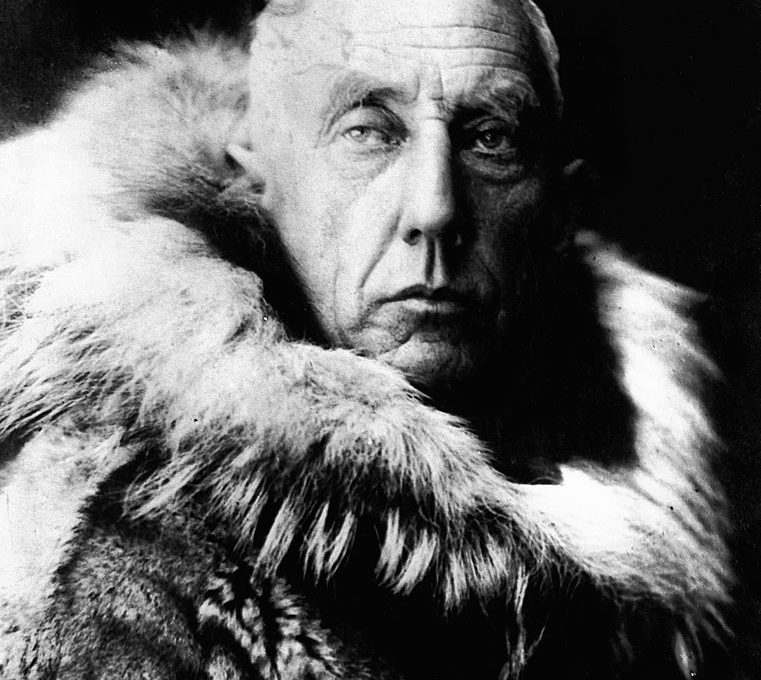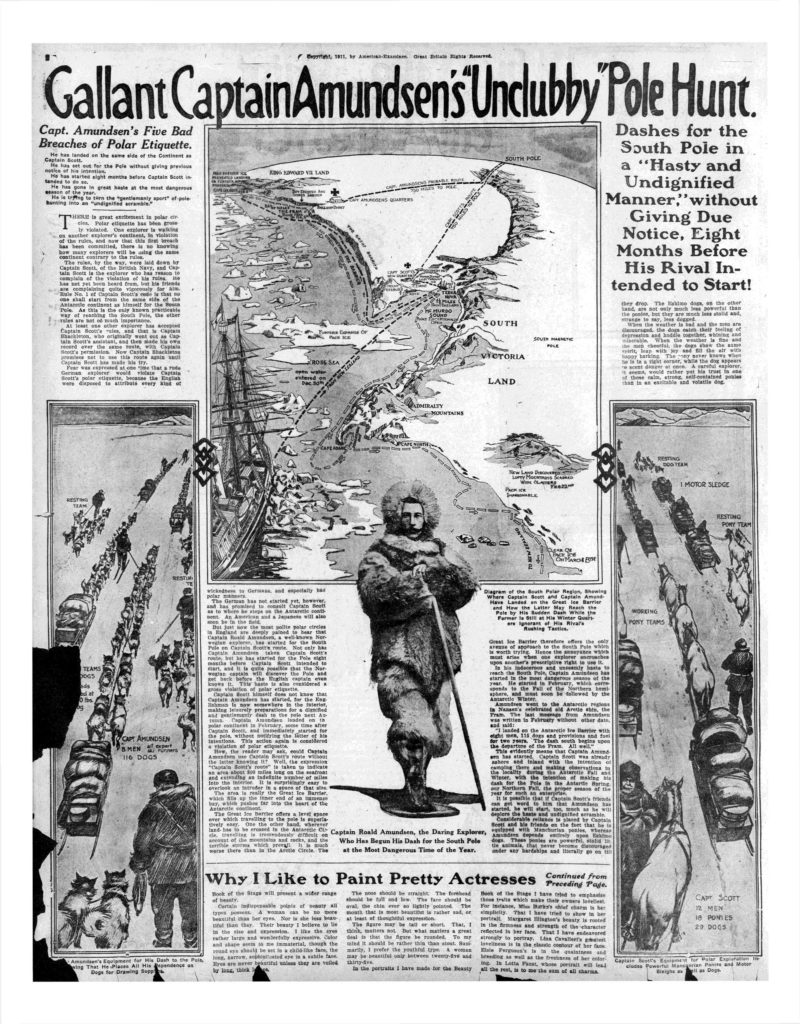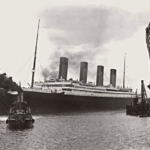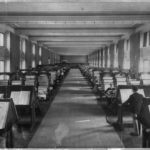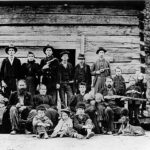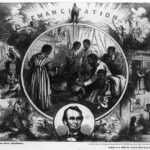History is filled with iconic explorers. One incredible adventure-seeker was Norwegian-born Roald Amundsen. Born near Oslo, Norway, on July 16, 1872, Amundsen would become one of the most notable explorers of the 20th century.
Marvel at a timeline through newspaper articles of this polar crusader as they were published in periodicals of the time.
Northwest Passage 1903-1906
Beginning in 1903, Roald Amundsen led the expedition aboard the Gjoa, successfully conquering the Northwest Passage. While the trip could have been completed in one season, Amundsen and the crew camped for two years to gather research.
In a detailed account of the adventure, “Twas in the Day’s Work Says Amundsen So We Did It” chronicled the epic journey and included illustrations to enhance the tale.
“Norway’s Warm Welcome to Men of Gjoa Expedition” added pictures capturing the return of the men to Amundsen’s native Norway and an article describing the celebration that ensued.
South Pole 1911
Amundsen had every intention of making the North Pole his next target after the Northwest Passage; however, Robert Peary beat him to it in 1909. Not to be outdone, Amundsen set his sights on the South Pole. And he told no one but a few close sailors.
In his rush to get ahead of Captain Robert Scott, many claimed Amundsen broke “polar etiquette” to come in first. Using illustrations to show the dash to the South Pole and listing his violated etiquette, “Gallant Captain Amundsen’s ‘Unclubby’ Pole Hunt” explained the difference between the two navigators’ tactics and proclaimed “winner” to the pole.
The Rockfords-Posten was published in Rockford, Illinois, and written in Norwegian. Rockford was known as “The City of Swedes.” An account of Amundsen’s expedition can be found in “Nansen Om Amundsen.”
North Pole 1926
To check off the North Pole from his bucket list, Amundsen led a small polar mission aboard the Italian airship, Norge, to fly over the North Pole and drop flags of their representative nations on the icy landscape.
By this point in his career in exploration, newspapers were filling a page with information about his latest exploits. The Sunday Star out of Washington, D.C., published a map of the Norge and its occupants’ trip, along with several photos and articles depicting their journey.
The same newspaper the following day added to their coverage of the adventure with multiple stories such as “Courageous, Versatile Crew Made Norge Flight a Success,” Picking Up Norge Tedious Radio Job,” and “Amundsen Always Carries Portraits of King and Queen.”
Flight Vanished 1928
Roald Amundsen’s career and life were cut short in 1928 at the age of 55. The pilot of the Norge flight, Umberto Nobile, and his crew went missing on an Arctic flight. Amundsen took off in a small seaplane from Norway to look for Nobile. He and the crew would never make it. The plane went missing. The seaplane’s floats and some other debris were eventually discovered, but the remains of Amundsen and the others on the flight were never found.
Many held out hope that Amundsen and his crew would be found. Within the first two weeks of the plane’s disappearance, articles about the explorer and the missing Italian, Nobile, were published with theories and ideas such as “Hope for Amundsen Vanishing.”
Two months later, hope is finally dashed when one of the floats from the seaplane is found. “Lose Hope for Amundsen Disappears When Part of Seaplane is Discovered” recapped the recent discovery and an obituary showcasing Amundsen’s life accomplishments.
Interested in reading more articles about Roald Amundsen’s remarkable crusades or other like-minded adventure seekers? Check out a 7-Day Free Trial at NewspaperArchive today.
